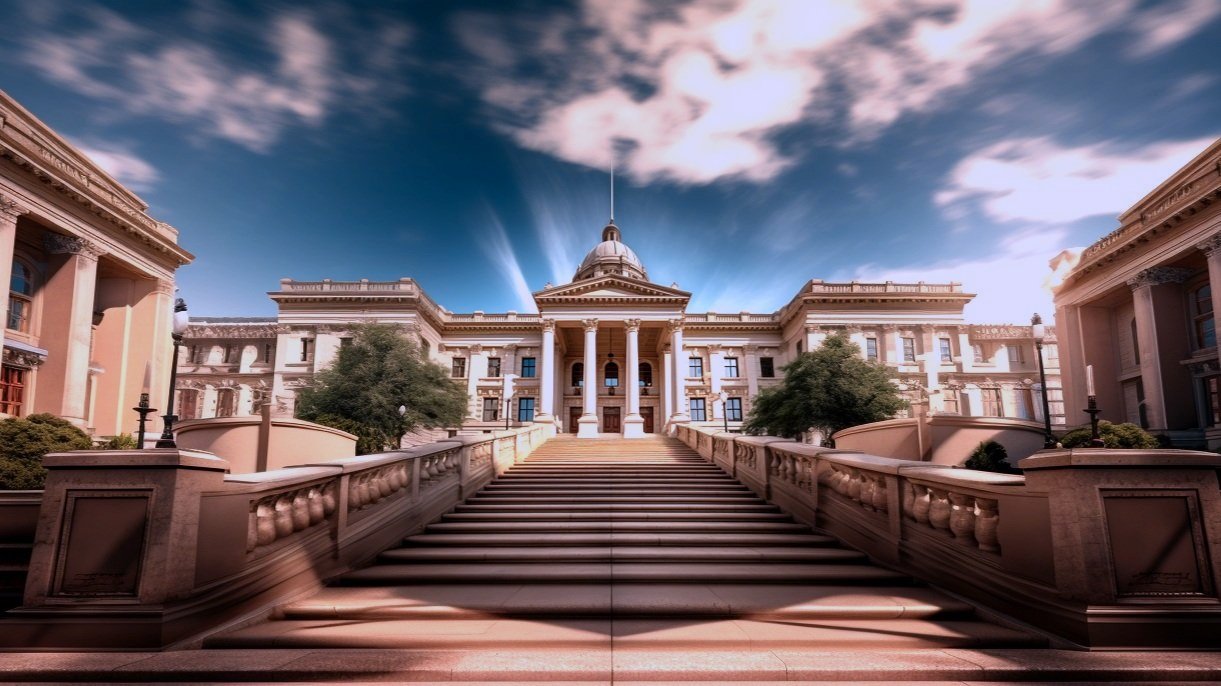Legal Videography: Changing the Method Evidence is Captured and Presented
Wiki Article
Discovering the Vitality of Legal Videography: a Comprehensive Understanding Into Its Capability in Protecting Accurate Visual Records for Legal Cases
Lawful videography stands as a crucial part in the world of legal process, serving as a silent yet effective viewer in the quest of justice. The utilization of video modern technology in recording legal cases exceeds mere record-keeping; it encapsulates the really essence of occasions, emotions, and statements that unfold within court rooms. By thoroughly catching aesthetic evidence, lawful videography not only preserves the precision of these moments but also gives a deeper understanding of the intricacies entailed. As we look into the capability and importance of lawful videography in the context of legal instances, a profound understanding dawns upon the important duty it plays in forming the course of justice.Importance of Lawful Videography
Highlighting the essential role of legal videography in modern-day lawful proceedings, its importance lies in its capability to give irrefutable aesthetic proof that enhances the discussion of realities and testimonies. By capturing live occasions, depositions, and witness testaments in a video clip format, legal videography ensures that every nuance, expression, and detail is properly preserved for later review. This visual paperwork offers as an effective tool in court rooms, permitting courts and jurors to much better understand the context of a case and make informed decisions based on the provided evidence.Additionally, legal videography contributes to increased openness and responsibility in the lawful system. In significance, the value of lawful videography lies in its capacity to maintain the stability of the lawful process by recording and protecting accurate aesthetic documents that support the pursuit of justice.
Capability in Legal Documents
Lawful videography's role in modern legal proceedings expands beyond providing aesthetic evidence; its capability in legal documentation is crucial for accurately protecting the details of events and statements. Via the careful recording of depositions, court process, witness testimonies, and criminal activity scene investigations, legal videography makes certain an unfiltered account of events that can be taken another look at and evaluated throughout the lawful procedure. This accurate paperwork functions as a vital source for attorneys, judges, and courts to reference certain minutes, body language, faces, and subtleties that may not be completely caught in written transcripts alone.In addition, lawful videography plays an essential duty in maintaining the integrity of legal process by decreasing the danger of misinterpretation or manipulation of info. The aesthetic records recorded via lawful videography provide an impartial representation of the facts presented throughout a case, using a reputable and comprehensive source of evidence that can substantially affect the result of legal conflicts (Legal Videography). Basically, the capability of lawful videography in lawful paperwork functions as a cornerstone in upholding transparency, accuracy, and fairness within the lawful system
Relevance in Visual Proof Conservation
Preserving aesthetic evidence via precise recording strategies is a critical element of legal videography. By properly documenting these visuals, lawful videographers play a crucial duty in guaranteeing the honesty and authenticity of proof presented in court.Visual proof preservation additionally assists in protecting against misunderstandings or false impressions that can develop from written or verbal testaments. The ability to see and hear occasions as they see this took place can substantially influence the end result of a case. Moreover, visual proof can act as an effective tool for both the prosecution and defense in offering their arguments persuasively.
Duty in Ensuring Justice
In the quest of simply lawful and fair outcomes, the function of lawful videography is essential. Lawful videography plays an important duty in ensuring justice by offering precise and objective visual evidence that can substantially influence the outcome of legal instances. Unlike created testaments or records, video clip recordings catch the subtleties of body movement, facial expressions, and tone of voice, providing a detailed representation of events as they unfold. This visual evidence is especially valuable in courtrooms, where it can help challenge or prove click to investigate witness statements, strengthen disagreements, and ultimately contribute to the establishment of fact and justness.Additionally, lawful videography acts as a way of protecting turning points and information that may be missed out on or misunderstood in created records (Legal Videography). By recording scenes, actions, and interactions in real-time, legal videography aids protect against misstatements and guarantees that all parties entailed have access to the very same info, promoting transparency and accountability in the lawful process. Inevitably, the usage of legal videography not just enhances the effectiveness of legal process but additionally maintains the concepts of justice and equity in the legal system
Vital Device for Legal Cases

Verdict
To conclude, legal videography plays a vital function in preserving accurate aesthetic records for lawful instances. Its significance depends on its capability in lawful documents, value in visual proof conservation, and function in guaranteeing justice. As an important device for legal cases, lawful videography works as a useful resource for presenting aesthetic evidence and adding to the general integrity of the legal procedure.
Legal videography's role in modern-day legal process extends beyond supplying visual proof; its functionality in lawful documentation is vital for precisely maintaining the details of testaments and events. In significance, the performance of lawful videography in legal documents serves as a keystone in upholding transparency, accuracy, and justness within the legal system.
Inevitably, the use of lawful videography not only improves the performance of legal process however additionally supports the concepts of justice and equity in the legal system.

As a vital device for legal cases, lawful videography serves as a useful resource for offering visual proof and contributing to the total stability of the lawful process.
Report this wiki page